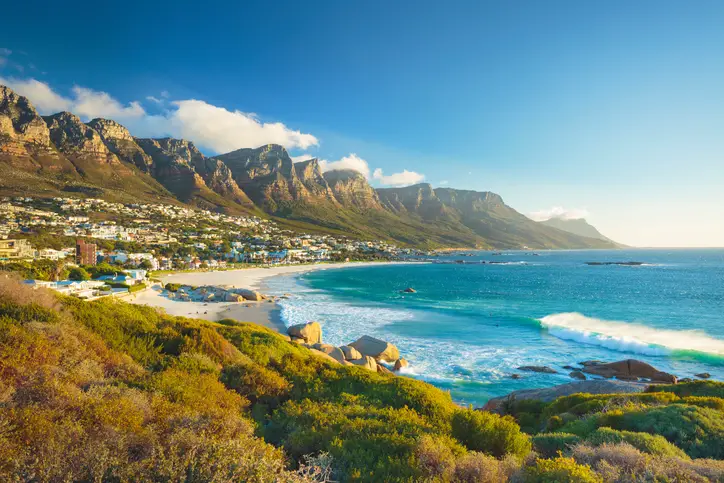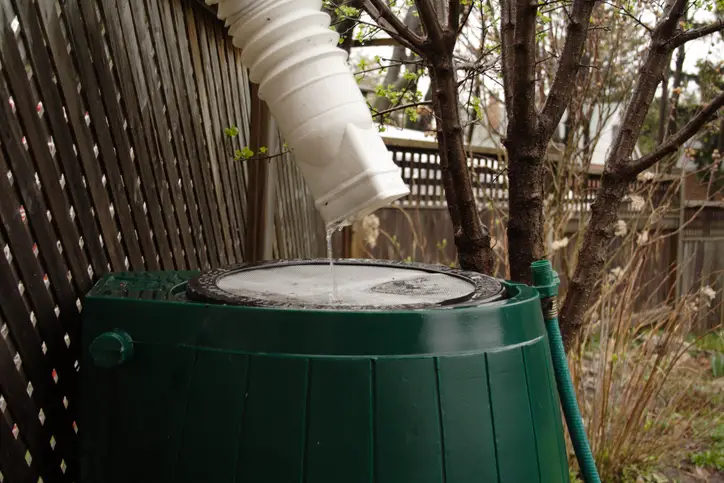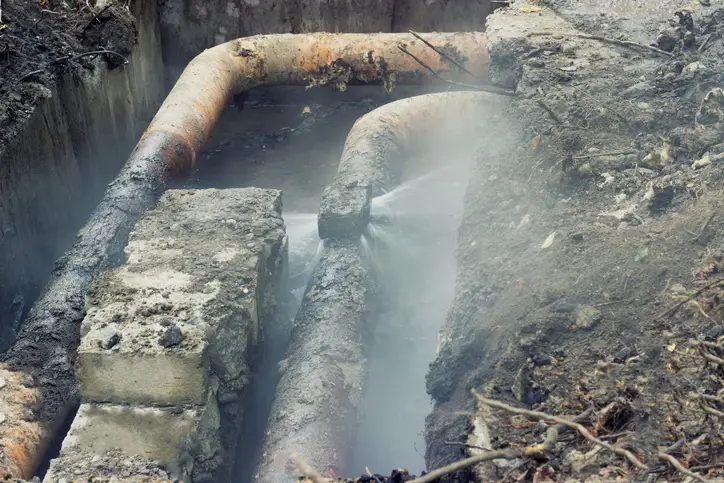
Beach and Twelve Apostles mountain in Camps Bay near Cape Town in South Africa.
It’s no secret that water shortages are becoming commonplace across the globe. While this has been a reality for many living in poverty-stricken areas for quite a long time, it’s starting to happen in more developed cities as well. Cities that have quickly grown in a short period of time are noticing that their clean water supplies aren’t able to keep up with the growing demand.
A prime example of a world-class city experiencing severe drought in very recent times in Cape Town. Despite its coastal location, there’s currently a plan in the works to shut off taps affecting 4 million people. This affluent metropolis will soon see people standing in line to collect their water rations. An unfortunate combination of overdevelopment, climate change, and population growth in a quick time span are the cause of this drastic measure, leaving civilians in an unprecedented and undesirable situation.
While this may seem far away for a future, the reality is that many urban centers could face the same fate sooner than you think. Metropolises in North America, South America, Australia and Asia should take note of this shutdown and plan for a more sustainable future. Despite it seeming like a “far away” problem, the reality is that it isn’t.
Fortunately, the situation in Cape Town has been a wake-up call for some cities to start planning now before it’s too late. Here are some ways they are working to make their city more resilient in the face of a drier world.
Recycling Graywater
With shortages and droughts affecting many areas of the United States, officials and government are attempting to implement more innovative ways to save water. One of these strategies is recycling graywater. Graywater is water from bathroom sinks, showers, bathtubs, clothes washers and laundry sinks. This does not include toilets or kitchens for sanitary reasons.
In areas where drought is a threat or prevalent, this strategy is already becoming commonplace. The best approach is through dual plumbing system installments in newly developed areas. This system works to divert water away from regular drainage and funnel it into storage tanks, which is then treated depending on its impending usage.
Graywater can be used for toilet flushing as well as other non potable uses, such as gardening. This approach can reduce home indoor water use by up to 24%, and when used for toilet flushing and laundry, it can reduce demand for water by 36%.
Capturing Rainwater

“On a cold overcast rainy day, the rainbarrel fills up with a slow trickle from the eaves.When you review this file, admins, please get some of these terms mapped!!!! Thank you. ;)”
Another way in which consumers can help relieve the shortages in urban centers is by capturing rainwater. Diversifying the water source is key, and many cities implementing programs to install rainwater tanks that captures water and makes it freely available for residents. This approach takes the pressure off of the existing infrastructure, and it allows people to become more conscious and aware of the water that they are using.
One of the main reasons why reservoirs become so strained is because of the reliance on a single source. With highly variable climates in certain cities, as well as unpredictable precipitation, having multiple sources of water available can help ease the pressure in times of shortage.
Upgrading Infrastructure

Broken old pipes of the heating system; water splashing under pressure
Upgrading existing infrastructure to become more efficient is a hugely successful way to save water. The ideal approach is not just extensive repairs, but also relying on cutting-edge internet of things technology known as smart water management. Indeed, investing in smart water management systems can be transformative for utility operators. It’s estimated that they can reduce non revenue water loss by 17%.
That doesn’t mean that the nuts and bolts of any water delivery systems (pipes and water mains) should be neglected. Much of America’s water infrastructure was built in the 1950s and is in need of a serious upgrade. It’s estimated that 7 billion gallons of water were leaked in the last year alone. That’s why so many cities are investing in pipeline leak detection as a way to reduce the impact of this problem.
Now is the time to act when it comes to preparing for a drier future. If governments and policy wait until the situation spirals out of control, then it will be too late. But with smart planning and a bit of foresight, many cities will be able to avoid the fate of Cape Town.










